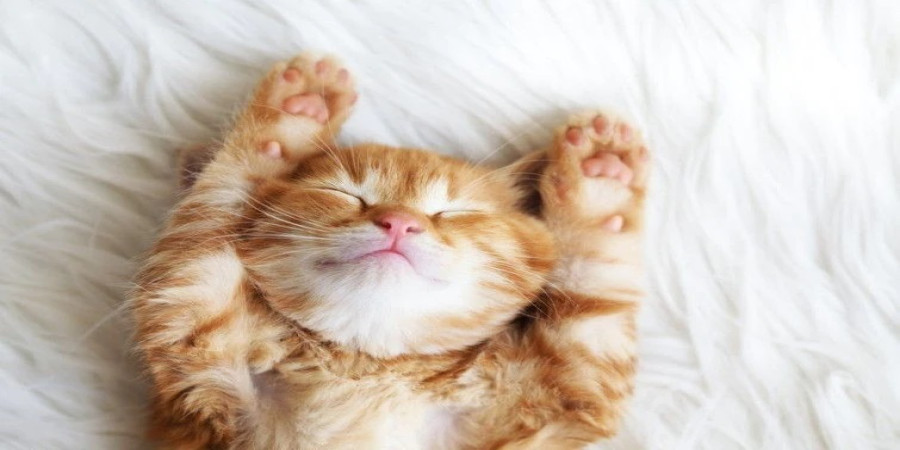

Cedarwood and Cats: Understanding the Risks
Cedarwood is often praised for its insect-repelling properties and pleasant scent. However, as a cat owner, it's crucial to be aware of the potential dangers some types of cedar can pose to your feline companions. Let's explore the relationship between cedarwood and cat safety.
The Types of Cedar
Not all cedar is created equal when it comes to cat safety. Here's a breakdown of two common types:
-
Eastern Red Cedar (Juniperus virginiana): This type of cedar contains high levels of aromatic oils called phenols, which are toxic to cats. Cats lack the liver enzymes required to properly break down phenols, leading to potential health problems.
-
Western Red Cedar (Thuja plicata): This variety is generally less toxic than Eastern red cedar. However, it can still cause mild irritation in some cats.
Potential Issues with Cedar Exposure
If your cat is exposed to cedarwood, particularly Eastern red cedar, they may experience the following symptoms:
- Vomiting
- Diarrhea
- Respiratory irritation (coughing, sneezing)
- Skin irritation
- Lethargy
- Weakness
In severe cases, exposure to highly concentrated cedar oils can even damage the liver.
Cedar Products to Avoid
- Cedar shavings: Often used as bedding for small animals, but the dust and strong scent can be harmful to cats.
- Cedar mulch: Used in landscaping, it poses a risk if cats chew or ingest the wood chips.
- Cedarwood essential oils: Highly concentrated and potentially toxic, these should never be used on or around cats.
Safe Alternatives for Pest Control
If you seek natural pest deterrents, here are cat-safe options:
- Diatomaceous earth: A natural powder that dehydrates insects.
- Catnip: Naturally repels some insects.
- Citrus peels: The scent can discourage some bugs.
If You Suspect Cedar Poisoning:
Contact your veterinarian immediately if you believe your cat has been exposed to cedarwood. Early treatment is critical for a positive outcome.
References
- Is Cedar Poisonous to Cats? Vet Approved Facts & FAQ - Catster: https://www.catster.com/guides/is-cedar-poisonous-to-cats/
- Is Cedarwood Oil Safe for Cats? - VINEVIDA: https://www.vinevida.com/blogs/our-blog/is-cedarwood-oil-safe-for-cats
- Are Cedar Blocks Safe For Cats/Dogs: Complete Guide For Pet Owners - GreenLivingLife: https://greenlivinglife.com/blogs/greenlife/are-cedar-blocks-safe-for-cats-dogs
Disclaimer: This blog post is for informational purposes only and should not replace professional veterinary advice.
Popular articles

Apr 11, 2024 07:40 PM

May 25, 2024 08:09 PM

Apr 11, 2024 07:22 PM

Apr 10, 2024 07:59 PM

Mar 14, 2024 07:53 PM
Comments (0)